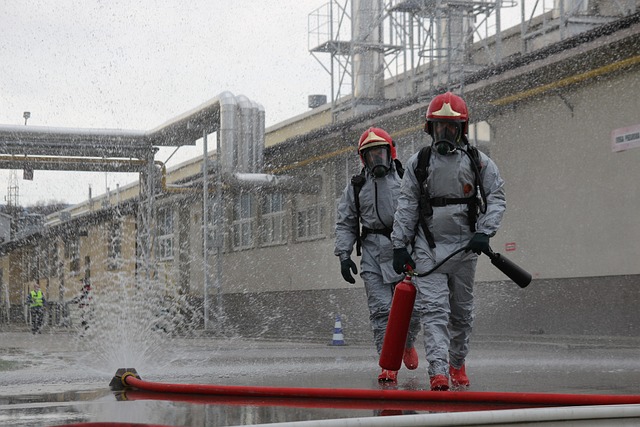Leveling Up: The Impact of Formation Strategies in eSports Gaming
The world of eSports has evolved into a massive arena, where skill, strategy, and teamwork often determine the outcome of fierce competitions. As players across various games strive to outmaneuver their opponents, one element stands out: the significance of formation strategies.
In eSports, formation refers to the arrangement and positioning of players and units during gameplay. Think of it as a tactical dance, where every movement is calculated, and every formation can make or break a match. Whether you’re leading your team in a first-person shooter, positioning units in a real-time strategy game, or coordinating attacks in a multiplayer online battle arena (MOBA), the right formation can give you a competitive edge.
The Evolution of Formation in Gaming
As games have become more complex, so too have formation strategies. In the early days of competitive gaming, players relied on basic strategies that often revolved around brute skill and raw mechanics. But as the eSports scene matured, so did the understanding of how pivotal formation could be in gaining the upper hand. From League of Legends to Dota 2, players now create synergy with their champions or characters, knowing that their success hinges on how well they position themselves within the team.
For instance, in team-based shooters like Valorant, players commonly utilize formations for executing strategies. A well-coordinated formation allows for effective map control, covering vulnerabilities while maximizing offense. By understanding each player’s role—whether they’re a sniper, support, or front-line brute—teams can form the perfect balance required to clinch victory.
Understanding Team Dynamics
The essence of a successful formation strategy lies not only in the mechanics of a game but also in the team dynamics. Communication and trust among players are crucial components that allow formations to function smoothly. Players must constantly adapt to the fluid nature of the game, shifting their formations as needed based on how opponents are playing and the state of the match. This adaptability is what differentiates a good team from a great one.
Moreover, understanding formations isn’t solely about knowing where to stand or how to position units. It also involves recognizing when to break formation for surprise tactics or when to stick closely together for support. The right moment can turn the tide of a battle, showcasing how the strategic use of formations can be an art form in itself—requiring practice, patience, and a deep understanding of both the game and your teammates.
The Psychological Aspect of Formation
Beyond the technical aspects, formations can also play a role in the psychology of competition. The sight of a well-organized team can intimidate opponents, showcasing not only skill but also a level of preparedness that can shake an enemy’s confidence. Conversely, teams that appear disorganized may inadvertently communicate weakness, giving opponents an edge before the first shot is even fired.
As players train and level up their skills, understanding the impact of formation becomes paramount. Those who master the strategic layer surrounding their gameplay often find themselves rising through the ranks of their respective games. Furthermore, they foster a deeper connection with their teammates, cultivating a collaborative spirit that enhances the gaming experience for everyone involved.
In a world where competition is fierce, and the stakes are high, mastering formation strategies can be the key to standing out in the vibrant universe of eSports. So, whether you’re an aspiring player or a seasoned veteran, consider how you can utilize formations to enhance your gameplay and ultimately, your success in this exhilarating competitive landscape.




